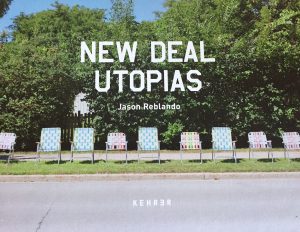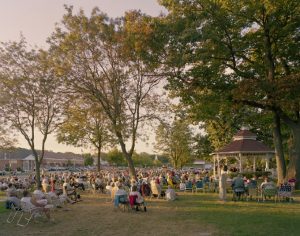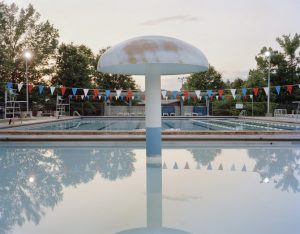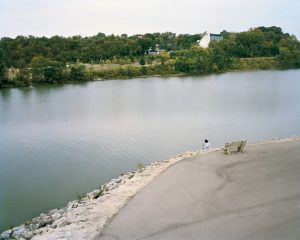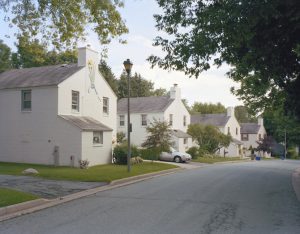President Franklin Roosevelt had a remarkable ability to rally the nation using the mass-communication media of his time. He crafted intimate “Fireside Chats” to reach Americans in their homes by radio, but in this pre-television era FDR also needed compelling visual imagery to advance his New Deal agenda, promote national unity and counter the growing political extremism from both left and right.
Photography was central to the administration’s wide-ranging media strategies.
The most influential body of work was produced by a team of photographers in the Resettlement Administration (RA), an agency created by FDR in 1935 that later became the Farm Security Administration (FSA) within the Department of Agriculture.

Rehabilitation client repays loan, Smithfield, North Carolina, 1936.
Courtesy, Arthur Rothstein Legacy Project.
One of the largest and most visible of the New Deal’s initiatives, the FSA assisted struggling rural families and dislocated industrial workers throughout the country.
The President appointed Columbia University professor and key New Deal strategist, Rexford Tugwell, as director of the Resettlement Administration. Tugwell brought a colleague—agricultural economist Roy Stryker—to Washington to create the RA’s publicity arm, referred to as the
Historical Section. Stryker believed the best way to fulfill the Section’s mission was through photography, so he immediately hired his former student and recent Columbia graduate, Arthur Rothstein, as the agency’s photo lab director and first photographer.
Over the next eight years, Rothstein and a group of more than a dozen photographers working under Stryker gained renown as the FSA Photo Unit.
The primary mission of the Photo Unit was to document the hardships of those struggling through the Great Depression and how the FSA was working to address their problems. These iconic images portray Americans amidst drought, dust storms and failing crops; unemployment lines and communities abandoned by failing industries. But they also evince hope: farms stabilized by the agency’s loans, families resettled to greener pastures and farm hands who found respite in FSA migrant housing.
A secondary, but crucial role of the FSA’s photographers was to provide images in support of other New Deal programs. At times, Stryker’s photographers were loaned-out for assignments with other agencies, including the Interior Department and the US Public Health Service. These photographs often appeared in government reports and publications describing such New Deal initiatives as reducing child labor, improving international relations and boosting domestic tourism.
The Photo Unit produced more than 175,000 photographs during the 1930s and early 40s. Stryker provided the best of these images to newspapers, magazines and book publishers free of charge. This put a human face on the economic abstractions of the Great Depression and helped justify the need for the New Deal’s far-reaching initiatives. The FSA Photo Unit later became part of the US Office of War Information (OWI), employed to promote national unity as America mobilized for war.

Explaining the Rural Electrification Administration to farm women at Central Iowa 4-H Club Fair, Marshalltown, Iowa, 1939.
Courtesy, Arthur Rothstein Legacy Project.
Arthur Rothstein and his contemporaries at the FSA contributed significantly to the nation’s collective memory of the New Deal-era. Rothstein served as a photographer for the US Army Signal Corps during WWll. In the decades after the war, he continued to influence the field of photojournalism as a teacher, writer and mentor to countless photographers. He helped shape the visual culture of post-war America as director of photography at LOOK and Parade, two of the most popular magazines at the time.







